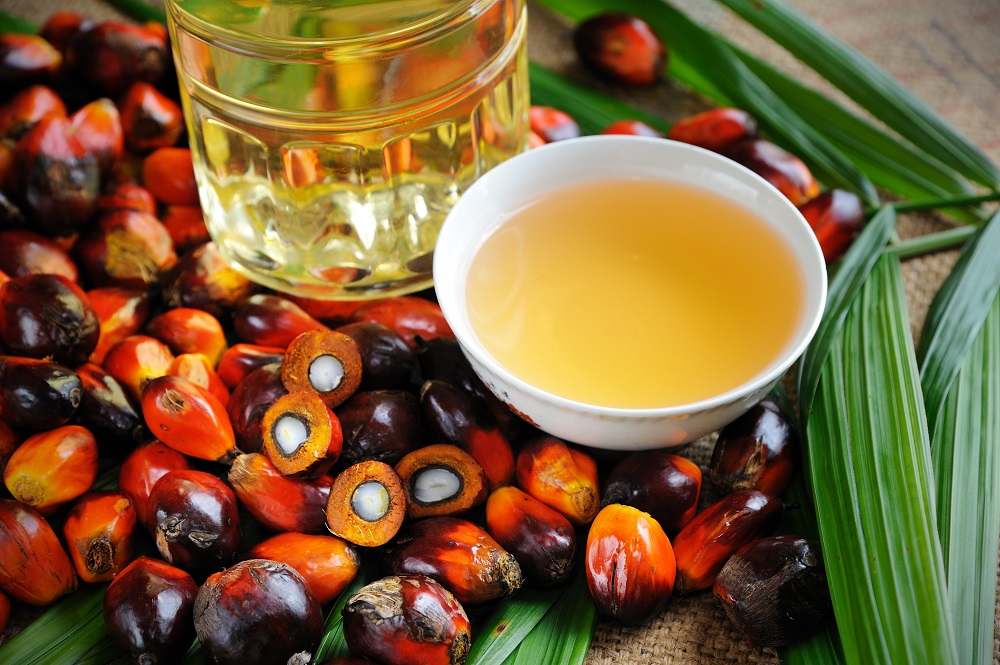Malaysian palm oil futures took a slight downturn on Tuesday, putting an end to their five-day winning streak. While a weakening ringgit and lower output estimates seemed promising, the market was weigh down by lackluster export figures.
Declining Exports Offset Positive Factors
The benchmark palm oil contract for September delivery on the Bursa Malaysia Derivatives Exchange saw a drop of 30 ringgit, or 0.8%, settling at 3,727 ringgit ($803.58) per metric tonne. Although the market had shown signs of promise, it is currently experiencing a bit of a breather after an impressive rally last week in nearly all global vegetable oil and oilseed markets, as noted by Anilkumar Bagani, the research head of Mumbai-based vegetable oils broker Sunvin Group.
Also Read : Palm Oil Futures Report & Impact of Dry Weather On Crops
Export Figures Leave Much to Be Desired
According to cargo surveyors Intertek Testing Services and AmSpec Agri Malaysia, exports of Malaysian palm oil products from June 1 to June 20 fell by 16.8% and 12.9%, respectively, in comparison to the same period in May. These statistics highlight a notable decline in export activity, which has contributed to the market’s current slump.
Weather Woes Impact Production
Traders and analysts have reported that the Southern Peninsula Palm Oil Millers’ Association has estimated a 4.6% decrease in production from the previous month in certain regions of Malaysia. This decline can be attributed to the adverse effects of hot and dry weather experienced from June 1 to June 15.
Ringgit’s Weakening Favors International Buyers
As the currency of trade for palm oil, the ringgit experienced a 0.28% decrease against the dollar. This depreciation works in favor of buyers holding foreign currency, as it effectively reduces the cost of purchasing the commodity.
Also Read : Best Weather Apps for Accurate Forecasts | Top Mobile Weather Applications
A Look at Related Markets
While Malaysian palm oil futures faced a dip, Dalian’s most-active soyoil contract saw a 0.5% increase, and its palm oil contract also showed a 0.5% gain. However, soyoil prices on the Chicago Board of Trade experienced a 0.7% decline. It’s important to note that palm oil is influence by price movements in related oils, as they all compete for a slice of the global vegetable oils market.
In conclusion, despite initial positive factors such as a weakened ringgit and lower output estimates, the Malaysian palm oil market has impacted by lackluster export figures. Additionally, adverse weather conditions have further contributed to the decline in production. These factors, along with the interconnectedness of related oils in the market, have led to the current dip in Malaysian palm oil futures.



